The Gutenberg Bible is the first book printed with movable type. This edition is at the Harry Ransom Centre in Austin, Texas.
It is truly one of the most underrated works of art and technology in human history.
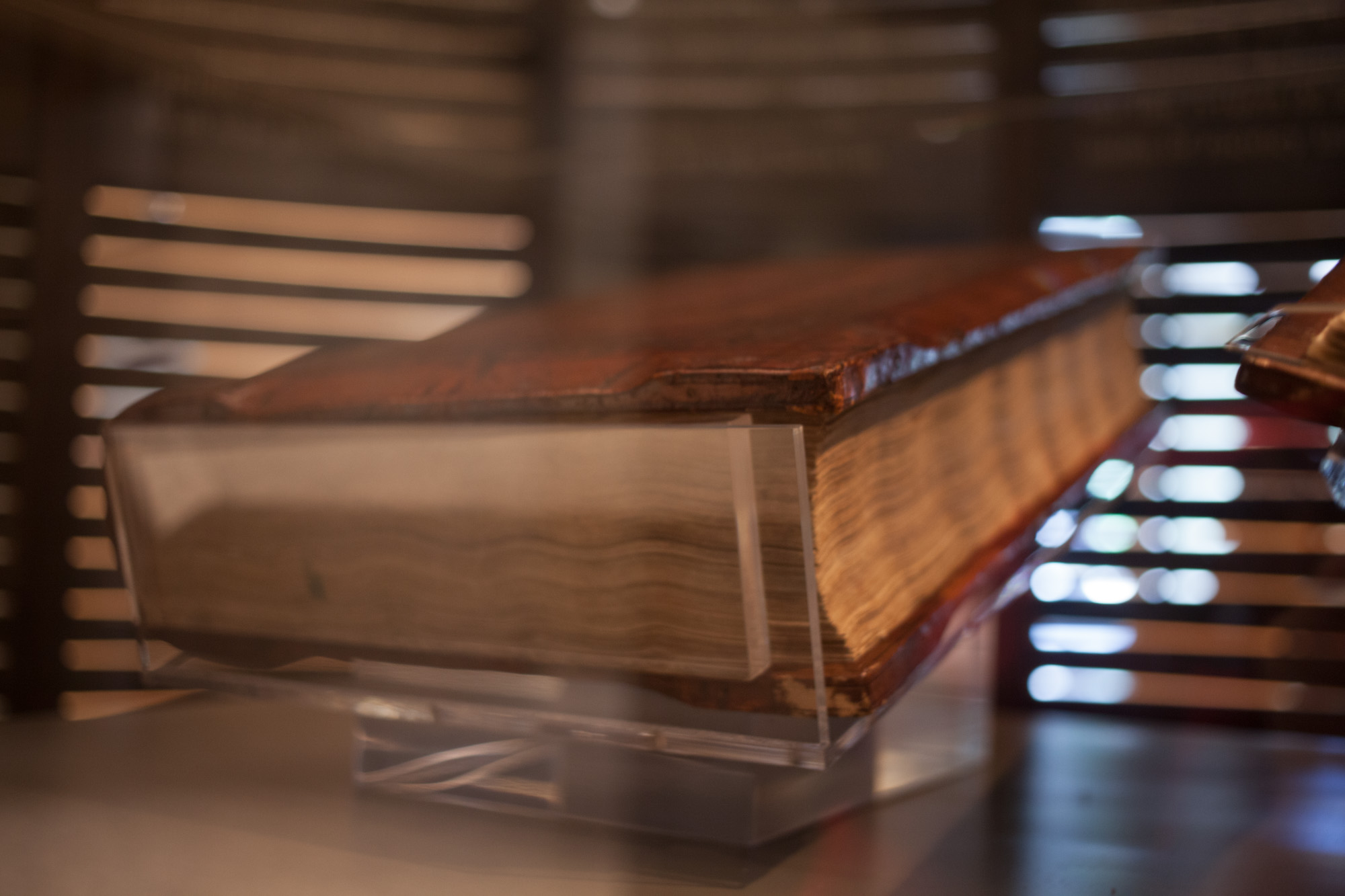
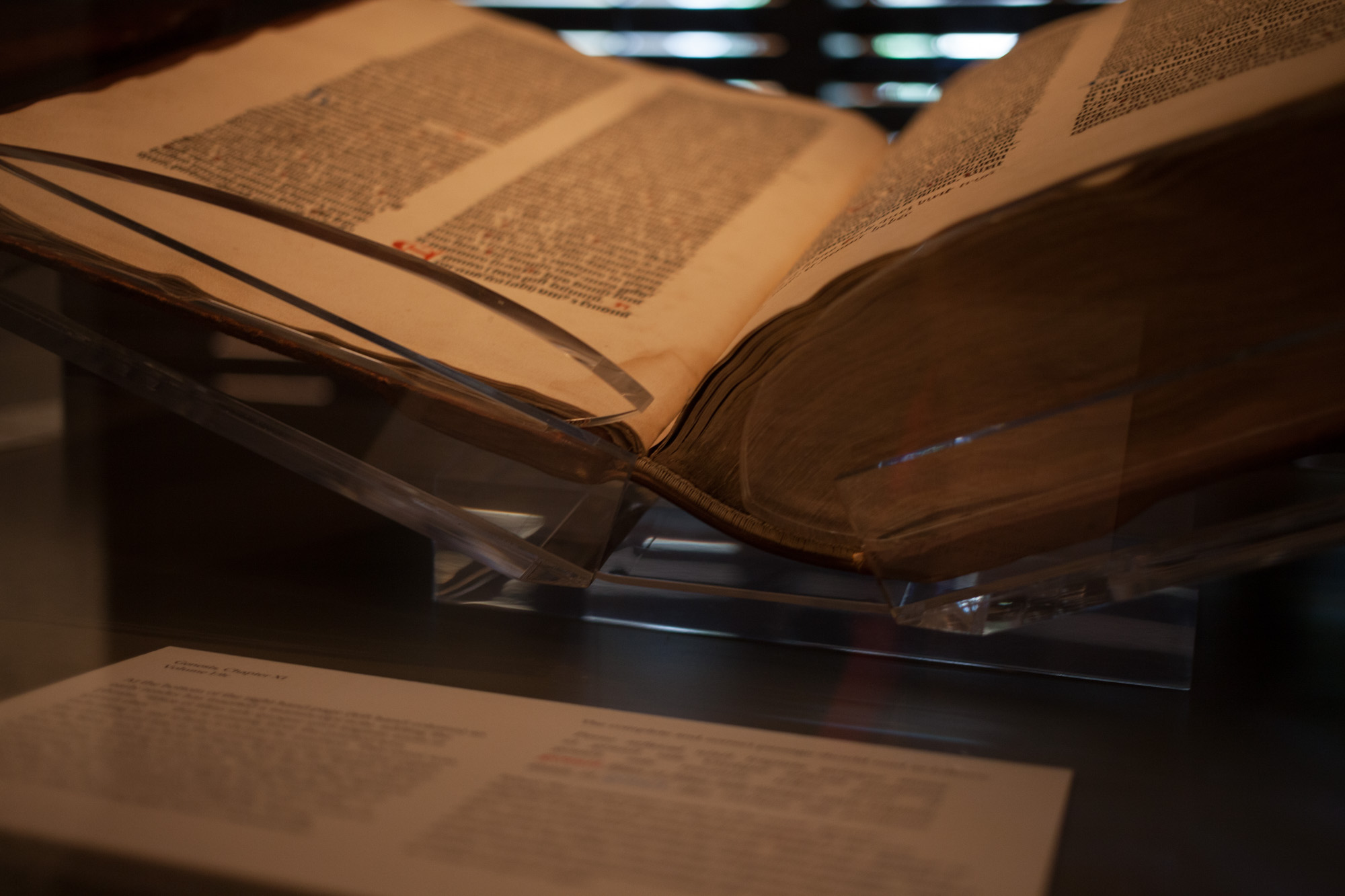
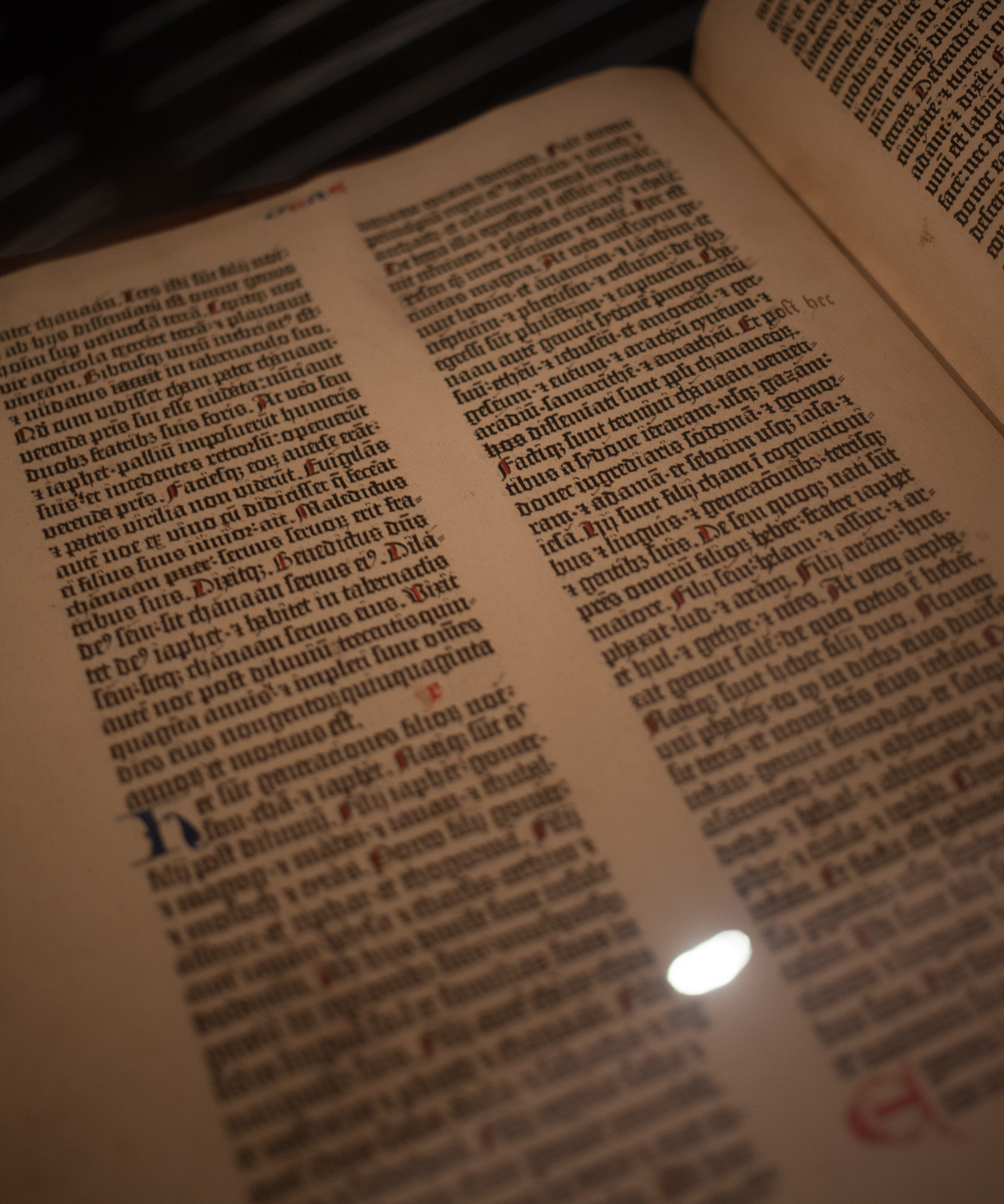
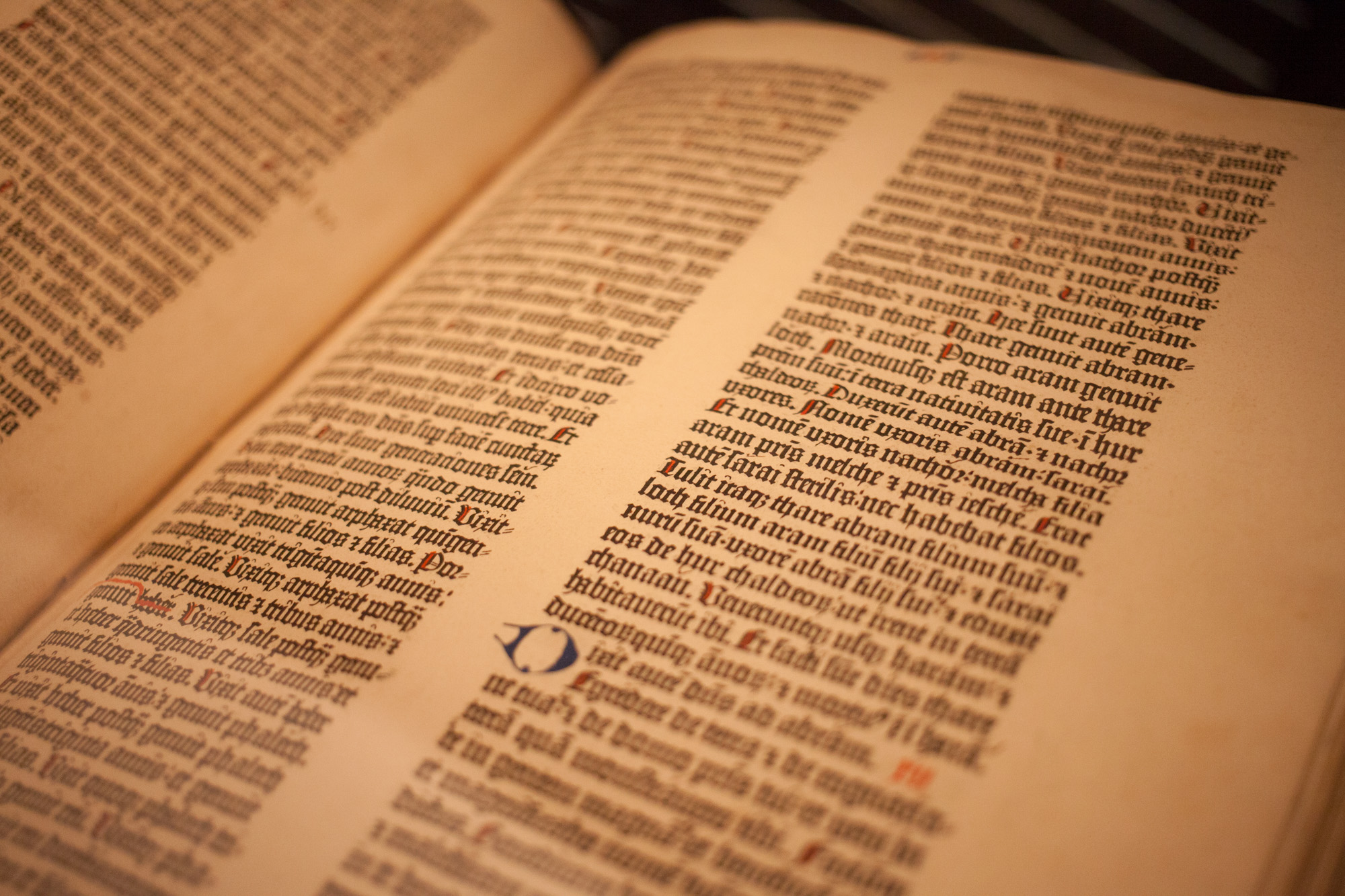


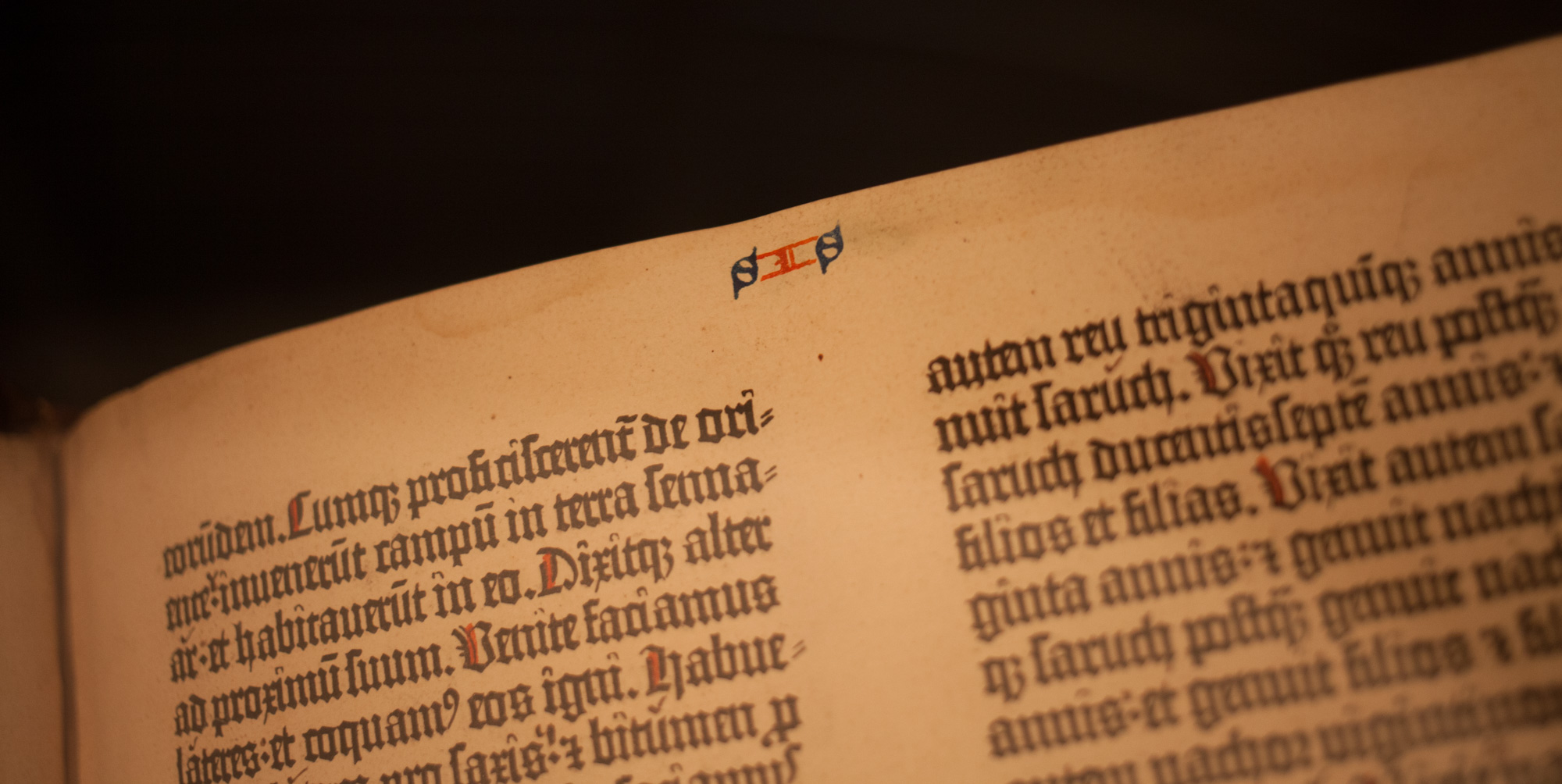

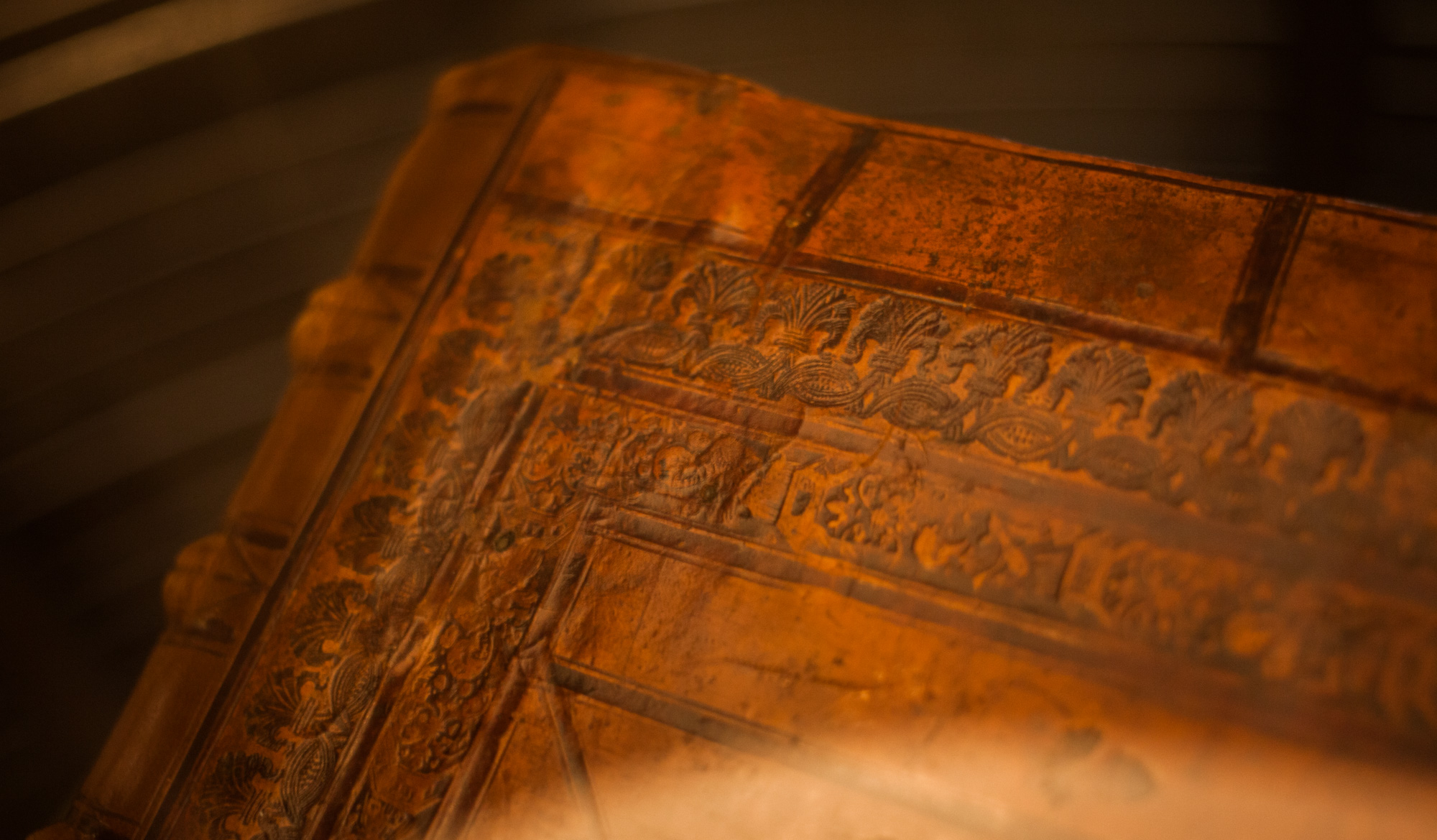
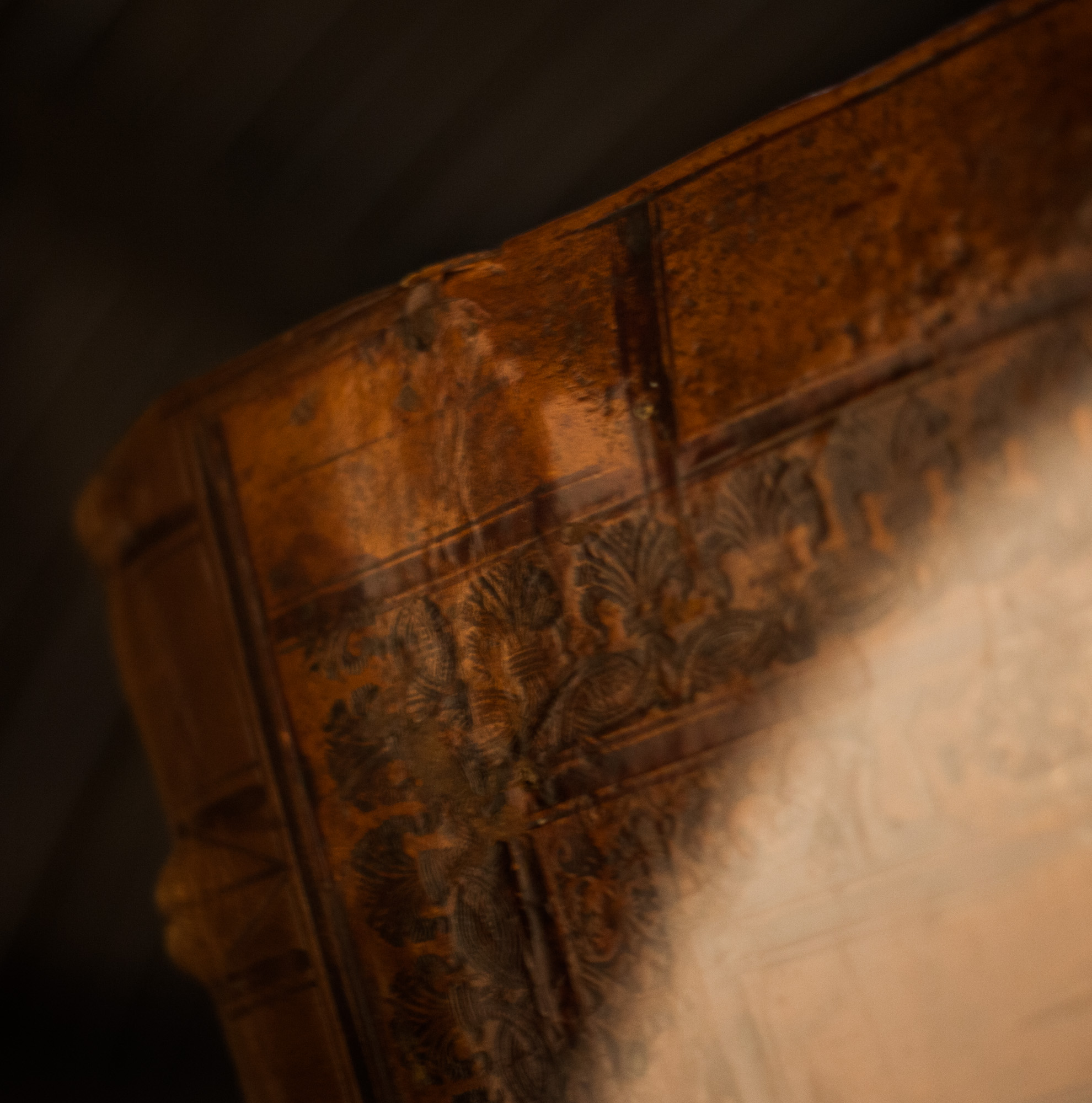
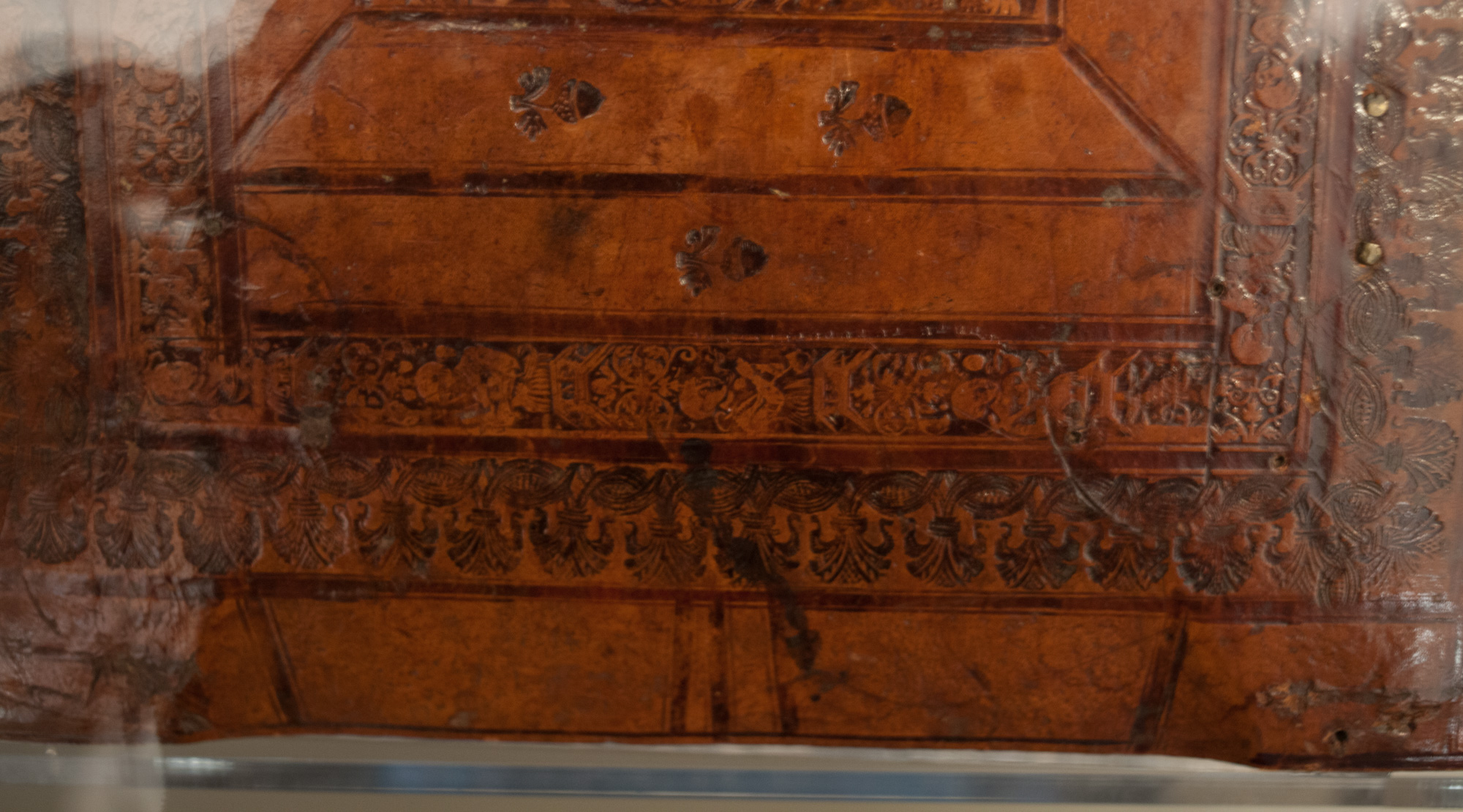

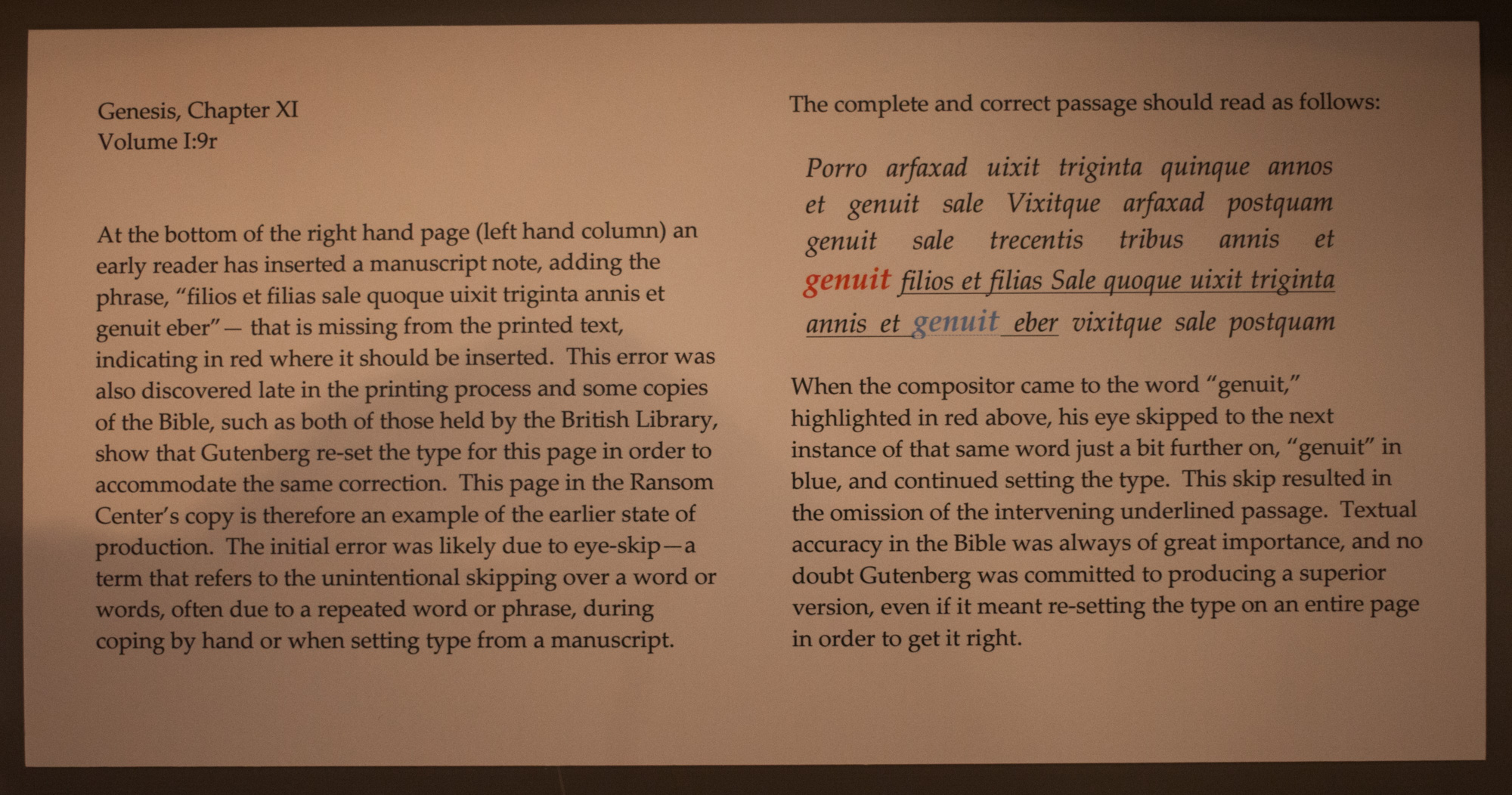
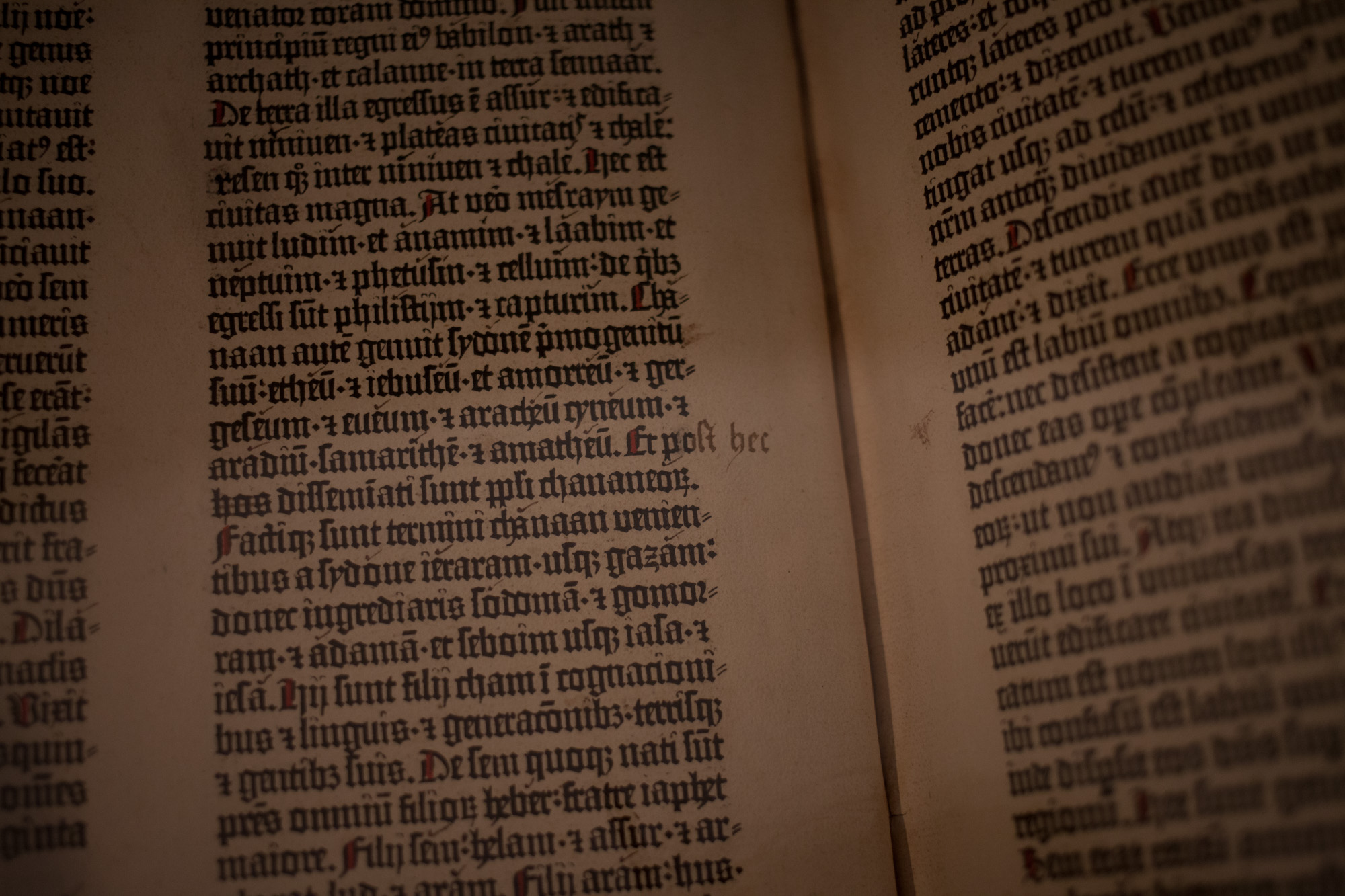

The Gutenberg Bible is the first book printed with movable type. This edition is at the Harry Ransom Centre in Austin, Texas.
It is truly one of the most underrated works of art and technology in human history.

I've spent the week bumming round LA, getting a lay of the city and have taken some shots.
This is such a wonderful contradiction of a city, and I love it.

A recent cold snap meant that the Blue Mountains got quite a bit of snow over the weekend, though it was mostly melted when Elise and I went up there to visit.
But we got some great shots.

Whilst driving back to Perth on my recent trip up to Geraldton for a new project I'm currently developing, I took a few of these shots at Leeman's jetty. It's a lovely little seaside town.

Galipoli Photo by Glendyn Ivin
You’ve come from a graphic design and advertising background, how did you first make leap into drama?
I studied documentary at film school. I had no interest in doing drama. Zero. I thought it was the dirty end of filmmaking. But one day I told a friend a story about something that happened to me when I was a kid and they said it would make a great short film.
I had never had an idea for a short film, I wasn’t interested in making drama, but when they said that, it kind of clicked, “Maybe I could make a short film, actually write something and create characters rather than as a documentarian try and ‘find a story’ with real people.” I ended up making the short Crackerbag. My producer and I entered it into The Cannes film Festival and it won the Palme d’Or for short film in 2003.
Cracker Bag was a very quick entry into the world of drama and that opened my eyes to the idea that you could ‘fabricate a story’ and it was OK. It seams like such an obvious thing, but to me who was only interested in documentary, it was a revelation. This lead to making my feature film Last Ride and on the back of that I met John Edwards and Imogen Banks, who had seen the film and wanted to talk to me about doing some episodes of a new show they were making Offspring. I remember going in there and them telling me what Offspring was about, which sounded to me like a romantic comedy. I said “I don’t know if you’ve seen Last Ride (2009), it’s a pretty heavy drama, I’m not sure I’m the rom-com guy…” and they said, “Don’t fight the material, we want you to be the filmmaker you are, but have fun with it. If it’s comedy, make it funny. If it’s dramatic, make it dramatic.” They encouraged me to bring my point of view to the show. I learnt so much from that experience. From there I went on to make the telemovie Beaconsfield (2012) and from there Puberty Blues (2012-13) and then Gallipoli (2014)
You have some really great photography that you’ve taken on the sets of your shows, and have produced a number of books, as well as an amazing blog Hoaxville.com. I was particularly struck by the shots of the working class faces from the town in Beaconsfield. How do you feel your photographic work has influenced how you approach directing?
While making Last Ride, I found that during the making of a film, I generated gigabytes of photographs and some of them were really beautiful. It wasn’t really a conscious thing, they were just the photos I took of locations and cast or images to suggest what something was going to be visually or perhaps a dramatic approach.
Definitely between Beaconsfield and Puberty Blues I became more interested in photography and in particular street and documentary photographers as a more grounded reference than looking at other films. Now 90% of the reference I’d look at before going into a project would be stills. Great photography is all about reduction and finding one image that tells a story, as opposed to a sequence or ten shots to make up a story.
Now taking stills and directing have become hand in hand for me. I sometimes joke about Puberty Blues being a very expensive photo shoot. It was on Puberty Blues where it really clicked for me. I would roam around whilst blocking a scene and take stills, and that would become a sort of ‘in the moment’ storyboard on how we were going to cover the scene.
I really try and build scenes around single images. My process is to try and find a single image during pre or while shooting and go “this is the heart of the scene, we should build the scene around this shot”.
Puberty Blues Trailer
Speaking of Puberty Blues, during the first season particularly, I’ve heard it was a bit of a challenge for the young male actors speak as derogatorily to the females as their characters did. Can you talk a little bit about that and how you approached getting them comfortable with the idea of performing those scenes?
The boys in Puberty Blues were a great bunch. There was really only one or two ‘actors’ amongst them, most were street cast or beach cast. We really needed to have boys who could be cruel to the girls. They were really conscious I think about being horrible on camera, and how they would be perceived in the real world, particularly the non-actors.
We had a session one afternoon where I took the boys to one room and the girls to another and I had Di Smith who played the headmaster in Series One, have a chat to the girls about what it was like to be a girl in the Seventies. I took the boys aside and we had an afternoon discussing the cultural attitudes especially towards women then and now. It was about givning them permission to misbehave, “…whatever we write for you to say, it’s going to be fine to say on camera, but you need to do it with conviction and with confidence so that you’re not second guessing how people are going to perceive you.
I know even on the day it was really hard for them to say some of those things, because of course they’re not those guys in real life. But all those kids were really conscious about how they’re perceived on and off camera. I’m really happy with where we ended up. There was a lot of trust between us all.
Expanding that more, you’ve worked with quite large casts in Puberty Blues and the rest of the shows. So how do you find tailoring your directing style to better suit the needs of the different actors?
For me working with actors is all about finding a specific language that works between you and specific actor. The trick is though, every actor requires a different language. For example in Beaconsfield, you’ve got Shane Jacobson and Lachy Hume side by side in a cage for seven days of fairly intimate shooting. Two wonderful actors, who are a similar age, but are very different people. You have to talk to each person as an individual. The way I would speak to Lachy about a scene and the way I would talk to Shane about a scene would be totally different. I’d have to find a way how to communicate my single idea in two separate ways, each one specific to that particular actor.
In Last Ride where I worked with Hugo Weaving and Tom Russell. Hugo is an experienced actor and has been acting for years, and Tom, who’s ten had never acted before. You have to have a really different way of talking to each actor. With Hugo you could talk about subtext, theories, literature and life experience. But with Tom, it was much more direct, “If do this, you can have something to eat”. Well not exactly, but you get the idea. Once you have those separate conversations and put them in the scene, hopefully they’re in the same world, but you have to approach it in two very different ways.
With Gallipoli, there’s 135 speaking roles so I had to find 135 different languages to speak to people. But when you see them all together on screen, there’s a cohesiveness to it. Lachy Hulme, who I’ve worked with a fair bit, he’s got a part in Gallipoli, I normally am very quiet with actors, I’ll try and stand close and whisper when giving direction so it’s very personal. But with Lachy I can stand behind the monitor 20 meters away and bark three words at him and he’d know exactly what I meant and usually he would respond and the performance would be totally different. But there’s no way I would do that to other actors. There’s no way I’d speak to Ashleigh Cummings in that way for example. You need a different language again to help her bring out her best performance.
When you extend that to the editing process and you’re trying to unify all these actors, with such a diverse array of performance styles, do you find your editing process not only a case of picking the best performances, but reshuffling scenes around to keep the show flowing and being consistent, or are you tackling that in the writing process before you shoot?
I work very closely with my writers. Trying to shape the story as much as I can before we start shooting. Trying to trim anything away that might take up time and not provide any real consequence to the story or the tone of the piece.
I’m a strong believer that you get three chances to make your story on screen. Once in the writing of the script, once when you shoot and once when you edit. I’m always fascinated in the edit suite by what scenes work and what scenes don’t; sometimes you’re on set thinking “this isn’t working” or “this isn’t right for the show”, but in the cut they come up beautifully. Then there’s other sequences where you’ll write and rehearse and explore and plan things right up to and during shooting the scene, and in the end the scene doesn’t make the cut, or it becomes half as long, or perhaps you use just a single shot from the whole sequence.
What I’ve found particularly interesting doing television, because the editing process is much shorter, I tend to make very different decisions as opposed to cutting a film. The decisions are bolder, more brutal very early on. Things get cut out much quicker. If it’s not working up front, I throw it out and only go back there when and if it’s becoming apparent that the episode needs that scene.
I have also found that good editors can assemble and episode very quickly, bashing it into a loose shape. And after watching it through, it may not work for whatever reason. But by only swapping the order of a couple of scenes the whole show changes. Or within a scene you take a few frames off someone and use a close up of someone else. It’s very simple things that change the whole emphasis of a scene. But you never know what that’s going to be until your in the edit.
Last Ride Trailer
Jumping back to the writing, for Gallipoli, you had Christopher Lee writing eight episodes. That seems like a massive chunk of stuff to get through. How did you eat that elephant, so to speak? You directed all the episodes and in it’s own way seems like you were headed into the trenches.
Four feature films back to back, is how I approached it. Because I’m still working on it there’s still things coming up in the next week that I have no idea how I’m going to accomplish it, but I’ve become a firm believer in ‘process’ and that everything works itself out in due time.
With Gallipoli, we shot for 70 days on main unit and about 10 days on a much smaller and reduced units. There’s no way I could get your head around it. I still can’t. So all you can really do is surround yourself with really great, really smart people who you can trust and really take each day as it comes. There’s so many scenes I shot in Gallipoli not really knowing now how they fit together in the bigger picture, there was a lot of trust in Christopher Lee’s script, because by the time you’ve shot nine weeks straight and you’ve still got eight weeks to go, there’s no way any director I think could be that conscious to understand what you’re shooting day to day, all I could do was try and make each moment work.
The same with the editing, there’s no way you can walk in on day one and go “Far out, how do I cut eight hours of epic war drama?”. The way you do it, is to start with the first scene in the first episode and you go from there. How do you eat and elephant? One bite at a time. I totally get that now.

Glendyn Photo by Credit Stephen Macallum
So how did the choice to have one director come about? On your other projects you’ve often shared the responsibility, notably with Emma Freeman, co-directing Puberty Blues. How are you building an infrastructure and team together for one big shoot. And next time around would you want to shoot everything? Or would you rather split the responsibility and workload with another director?
As a director, I’m selfish and part of me wanted to do it all, because there’s something about filmmaking and about the authorship that I love. It’s ego driven of course, but I want it to be mine as much as it can be, so that I can invest everything into it. I’m very collaborative, don’t get me wrong, but as a director I want to be responsible for all of the good stuff, and if and when you fuck up, I want to blame myself.
On series it’s inevitable you are going to work along side other directors and when they do amazing things I think ”I wish I did that!”, I have learnt so much and it can be totally inspring. But when a director does things you don’t like, you go “Aww, why’d they do that?”. Of course in most cases it’s not what they have done is ‘wrong’, in fact it’s probably right. It’s just not the way I would have done it. Which reminds me of the joke… How many Directors does it take to change a light bulb? Three, one to change it, and another two to stand back and say ”…Yeah, that was pretty good, but I could have done it better…”
Right up until shooting Gallipoli and even during shooting, we were talking about getting another director to come on and do some of it, but what happened with Gallipoli, was that there were some actors we could only get for certain amounts of time. Kodi Smit-McPhee who plays the lead he’s LA based, he could do eight weeks, then he had to go away for a month to do press for Planet of the Apes, and then he came back and did another three weeks. So there was no way that you could get another director to come on - because what would they do for that month? Because it’s all intermixed, we ended up shooting all of the scenes with John Bach who plays Hamilton, the main English commander, we did all of his scenes in that month. But Hamilton appears in every episode throughout the series, so in scheduling there’s no way you could get two or even three directors working side by side.
Because of the nature of Gallipoli and the kind of shoot that it was, it was never going to fit into the traditional TV block schedule. It was a very different machine to tradition television shooting. We’ve shot this as one big, eight hour feature. Which is kind of dream for a Director! The disadvantage though is you get a director who is totally exhausted and can never get his head around everything. The advantage of course is you have one director who has one vision for the whole thing.
Also in the edit, I was able to take material that might have been reserved for the eighth episode and put it in the first. I ‘owned’ all the footage, it was all directed by me. When we went in the edit, we had eight hours to work with, as opposed to just the eps I worked on.

Shooting elements in Gallipoli Turkey. Photo Credit John Brawley
Were you editing at the same time, so that you could do pick ups and see how you were headed as you were working?
I worked with one editor, Deb Peart for the full eight hours. She was cutting assemblies from day one. When I walked in at the end, I had a full assembly of the series to look at.
The advantage as far as shooting pickups was concerned was that we shot mostly sequentially, the first episode we shot in the first three weeks of our 16 week shoot. That’s a telemovie in itself, a standalone film and we shot most of it in those three weeks. She could see where there was a few problems, because that sat there for months whilst we shot the rest of the series. We looked at the cut a couple of times during the shoot and were able to tweak a couple of issues that arising. We wrote a few extra scenes and reshot some of the ending. It’s better because of it.
All up though I only had a day of pickups scheduled after the main shoot. Again it was great having all the material to work with and one editor to piece everything together. In the end it was one writer, one director and one editor that formed the whole show. Hopefully there’s a strong visual and narrative consistency that comes through as a result.
I’m curious to find out your experience from the networks’ perspective. Looking abroad, Steven Soderbergh directed, shot and cut The Knick, Cary Fukinaga directed all eight episodes of True Detective, so that seems to be an emerging pattern for television. Do you think from a networks’ perspective they’re going to do that again? I hope and have full confidence that Gallipoli is going to be great, but do you think they’re likely to repeat this? Also is this the first example of it’s kind in Australia?
Apparently I’m the first director to have single handedly directed a shoot of this length in Australia. That’s definitely a nice thing to hear, but then you go “Why hasn’t anyone done this before? There must be a reason why this doesn’t happen!”. Would a network do it again? That’s something you’d have to ask Andy Ryan and Jo Rooney (Channel Nine’s Head of Drama) There’s definitely a greater financial and time cost to it all with one director, because the machine works differently.
But I believe that television can be the new cinema and that’s where audiences are heading. They’re leaving the cinemas and getting true cinematic storytelling on the smaller screen in their lounge rooms, or on their laptops and I think that comes from having good directors, writers, producers. Good ‘storytellers’ and like you mentioned, all those directors and writers are being drawn away from the film world.
I never thought I’d direct television, but I’ve found what I do as a director, be it on the set of a commercial, on a feature film or on a TV show, I’m being a ‘director’. I’m being the same storyteller. I thought TV would be soul destroying, but I’ve found it the opposite. I don’t feel like I’m being compromised or treated as a technician brought in to make the call sheet on time, it’s definitely part of the job, but not THE job. I’m there for my approach as a filmmaker and the way I see the world.

Brenna Harding in Puberty Blues. Photo by Glendyn Ivin
Does that apply to your cinematography as well? In terms of shooting for the smaller screen, though when it’s a 40 inch plasma, I’m finding it less like it matters. But in speaking with Blake Ayshford the other week he felt that given his longer background in television, his coverage was wanting the close ups more often, whereas his directors bringing their filmic sensibility provided a level of confidence. Was that how you approached it as well?
Whether it’s a small or big screen I shoot exactly the same, I would rarely commit to covering a scene in a wide shot, just because it’s “big screen”, I’ll always get something else closer in. It’s the way I’ve found it works best.
I’ve heard of directors coming back with only wide coverage because that’s all you need to tell the story ‘cinematically’. But for safety in the edit, I’ll always try and get something closer.
I do love treating things in single take though and locking myself into a specific approach. In Gallipoli we have a lot of single take dolly moves, where I try and maintain the whole scene in one shot. Even with a lot of action and battles going on, there’s something very ‘focusing’ about that, by which I mean you get a crew to really acknowledge that we’ve all got to do this just once. It gets everyone on the same page. But I’ll always have a second camera doing something else that I know is going to help me if I get stuck. Maybe I’m a bit of a traditionalist when it comes to that, but I just believe if you’ve got a wide and a close up of a scene, you can generally make anything work in the edit. I love options.
In thinking about a director’s voice and in preparing for this interview, thinking about your body of work, there’s a couple of recurring themes; fatherhood/parenthood, and nostalgia. Even fromLast Ride and Crackerbag, through to Gallipoli which may be the ultimate intersection of those themes. Have you pursued that thematic line, or have you found yourself having a thematic resonance with it and has drawn you to this material?
It’s definitely the themes I’m attracted to. Everything I’ve done is a ‘coming of age’ story of some kind, evenBeaconsfield was a coming of age film. Seeing those ‘boys’ stuck in a situation, transforming and coming out as different people, it’s almost like they entered as boys and exited as men. I like that transition.
Gallipoli is probably the most focused and metaphoric version of that, and if you really look at what I’m most interested in my work, you’ll see similarities or things that are almost duplicate ideas, but strangely enough they’re not things that I purposely put in there. They’re things that have either happened by accident or collective ideas that are out there that become just part of the story.
I’ve always been fascinated with hunting and boys hunting rabbits in particular, because I did a lot of that as a kid living in the country. Last Ride opens with a sequence of a little kid hunting a rabbit and I don’t know how it happened, but Gallipoli now starts in a very similar way. It’s very different, but it’s not something I went “Hey, I really want to do this!”. I think all those things are in stories but where one director might read it and think “Oh ok, he's going to go off and hunt rabbits”. On my radar it’s like that sentence is in bold and in capitals and it’s flashing on and off on the page, “What do you mean? He hunts rabbits! We’re going to make a whole sequence out of this!” So it grows and you pull out the things that you’re interested in. Ultimately they’re the things that become very symbolic, almost spiritual in story telling for me. There’s something about innocence, and the loss of, and there’s so many stories about that, and I'm interested in it at a core level. If you look at everything I’ve done, it’s always there as the underlying theme.

Isabelle Cornish in Puberty Blues. Photo by Glendyn Ivin
In summing up, what things have you learned on Gallipoli, acknowledging that you’re still in the thick of it at the moment, would you repeat or avoid next time?
What I found with Gallipoli is that it’s ‘big’. It’s such a huge story and there’s just no way you can do it, production wise, in a small way. But the material I always feel so much more gratified with as a director and a story teller, is just when it’s one or two people in a room. No matter how big Gallipoli gets visually, politically or historically; when you see it, it’s the stuff where it’s just one person on screen doing something or thinking about something, or even two people talking, that’s where I get most excited. What I’m was leading to, is we couldn’t have made Gallipoli without 150 people on set at most times; there just has to be camera and sound crew, cast and extras, hair and makeup people, wardrobe, visual effects, special effects; it’s a huge machine and there’s something quite cool about that and you have to have it.
But there’s got to be a way, and I found it occasionally on Gallipoli and often in Puberty Blues, where it’s just a camera person, a sound person, myself in a room with an actor. That to me is where real truth and honesty happens. Perhaps it’s because I started in documentary where it’s all so simple. I yearn for those shooting experiences. I wish there was a way you could structure a shoot where you had a main crew for three weeks and then you had three or four weeks with ten people. I know the heart of the film would be shot with those ten people, similarly I know the heart of Gallipoli and Puberty Blues was always shot when it’s just the core people in a room and it’s extremely intimate and personal. It becomes very much like you’re making it on the spot. There is true immediacy and intimacy. It’s something I REALLY crave a director!
Do you think that’s what you’re going to do next? Do you think you’d prefer to go with a smaller film?
I still feel having gone through Gallipoli I feel really well equipped to work on something of scale. During pre-production of Gallipoli, I’d look at alot of war films, and battles on film, and would think “I have no idea how they do that…”. How would you ever pull that off? How do you get coverage? Where do you put the camera? But some how we manage to get through it as a team. I’m really pleased with how it’s turned out.
Part of me now feels like I’m ready to take on something like that again that has a huge amount of extras, effects and everything. I guess with Gallipoli I found something I’ve always wanted to do, that feels operatic in scale but intimate by nature. Even though it is the full blown war epic, when it comes down to it, its a about individuals who have very rich emotional lives at it’s core.
For me it’s finding the contrast in cutting from the really big to the really small. Form the complex to the simplex. That’s what I really like doing. To find something like that again would be great. Other than that, I’d be quite happy to go off and be a photographer from now on. That’s the thing I like about photography, you can still create beautiful stories, but you don’t need 150 people around you, just a camera. You take the shot and create something very simply. It’s pure.
In the end though I like making stuff, whether it’s a simple photograph or a war epic, it’s kind of all the same to me.
Crackerbag Directed by Glendyn Ivin